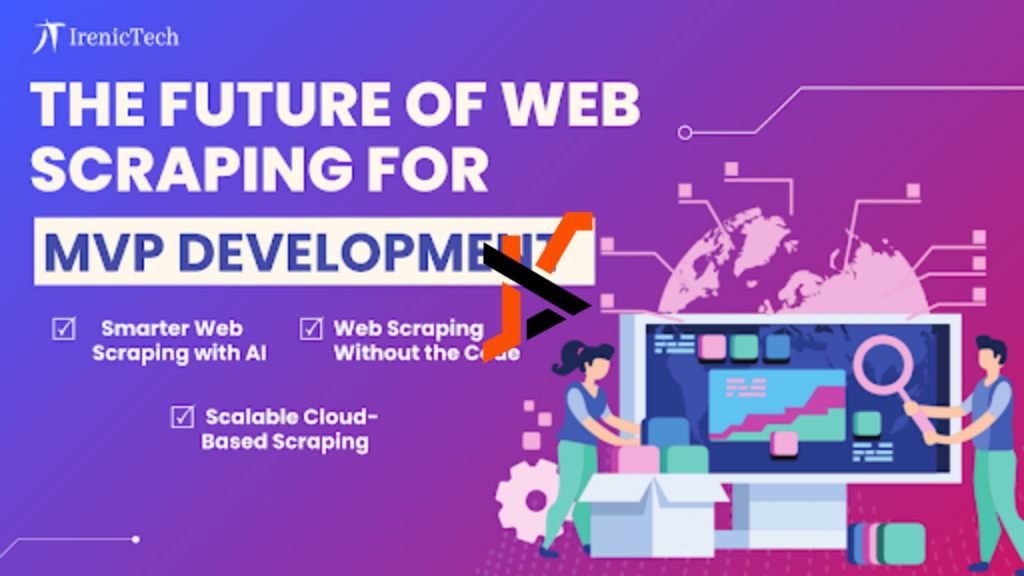In the realm of modern API development, large-scale web scraping presents a myriad of technical challenges that demand careful consideration. As a data engineer who has navigated these complexities, I aim to shed light on the specific hurdles and offer actionable insights for engineering teams engaged in extensive data collection.
Technical Challenges of Large-Scale Data Collection
Web scraping at scale involves orchestrating numerous requests to target websites, which can lead to significant technical obstacles:
- Dynamic Website Structures: Websites frequently update their layouts and structures, necessitating adaptable scraping algorithms that can handle such changes without constant manual intervention.
- Anti-Scraping Mechanisms: Many sites employ measures like CAPTCHAs, IP blocking, and bot detection systems to thwart automated data extraction. Overcoming these defenses requires sophisticated techniques to mimic human browsing behavior.
- Data Quality and Consistency: Ensuring the accuracy and uniformity of scraped data is paramount, especially when dealing with heterogeneous sources that may present information in varied formats.
Real Statistics on Server Loads and Bandwidth Consumption
The impact of large-scale scraping on both the client’s and target’s infrastructure is substantial:
- Client-Side Load: Handling millions of requests can strain servers, leading to increased CPU usage and memory consumption. Efficient resource management and load balancing become critical to maintain performance.
- Target-Side Impact: Excessive scraping can inadvertently mimic Distributed Denial of Service (DDoS) attacks, overwhelming the target site’s infrastructure. A report by Akamai highlighted that poorly calibrated scraping activities could cause performance, stability, and availability issues for targeted websites, leading to revenue loss. (Akamai)
Infrastructure Costs and Optimization Strategies
The financial implications of large-scale scraping are non-trivial:
- Bandwidth Expenses: High-volume data extraction leads to significant bandwidth usage, which can escalate costs, especially when dealing with large datasets or media files.
- Compute Resources: Allocating sufficient computational power to manage concurrent scraping tasks necessitates investment in scalable infrastructure, such as cloud-based solutions that offer elasticity based on demand.
To optimize costs:
- Efficient Scheduling: Implementing intelligent scheduling algorithms can distribute the scraping load over time, reducing peak resource utilization and associated costs.
- Data Caching: Storing previously retrieved data can minimize redundant requests, thereby conserving bandwidth and processing power.
Solutions Using Proxy Networks and IP Rotation
To circumvent anti-scraping measures and distribute request loads, proxy networks and IP rotation are invaluable:
- Proxy Networks: Utilizing a network of proxies allows requests to originate from diverse IP addresses, reducing the likelihood of detection and blocking.
- IP Rotation: Implementing IP rotation, where the IP address changes periodically or after a set number of requests, enhances anonymity and mimics organic traffic patterns. Rotating residential proxies, which use IP addresses assigned by Internet Service Providers to real residences, are particularly effective as they appear as legitimate users to target websites. This approach is closely related to the residential IP meaning, as residential proxies provide higher trust levels and reduce the risk of getting blocked. (Smartproxy)
Legal Compliance Frameworks for Automated Data Gathering
Navigating the legal landscape is crucial to ensure compliance and mitigate risks:
- Terms of Service (ToS) Adherence: Respecting the ToS of target websites is fundamental. Unauthorized scraping can lead to legal challenges and potential blacklisting.
- Data Privacy Regulations: Compliance with data protection laws, such as the General Data Protection Regulation (GDPR), is essential, especially when handling personal data. Implementing measures to anonymize data and honor opt-out requests is advisable.
Impact on API Design Patterns and Rate Limiting
The prevalence of web scraping influences API development in several ways:
- Rate Limiting: To prevent abuse, APIs often implement rate limiting, restricting the number of requests from a single IP address within a specified timeframe. This necessitates that scraping strategies incorporate mechanisms to manage and respect these limits.
- API Monetization: Recognizing the demand for data, some providers offer paid APIs, granting structured access to information that might otherwise be scraped, thereby ensuring data quality and legal compliance.
Conclusion
Large-scale web scraping presents a complex interplay of technical challenges, legal considerations, and infrastructure demands. By employing strategies such as proxy networks, IP rotation, and adhering to legal frameworks, engineering teams can effectively manage these challenges. Additionally, understanding the implications on API design and implementing optimization techniques can lead to more efficient and responsible data collection practices.

